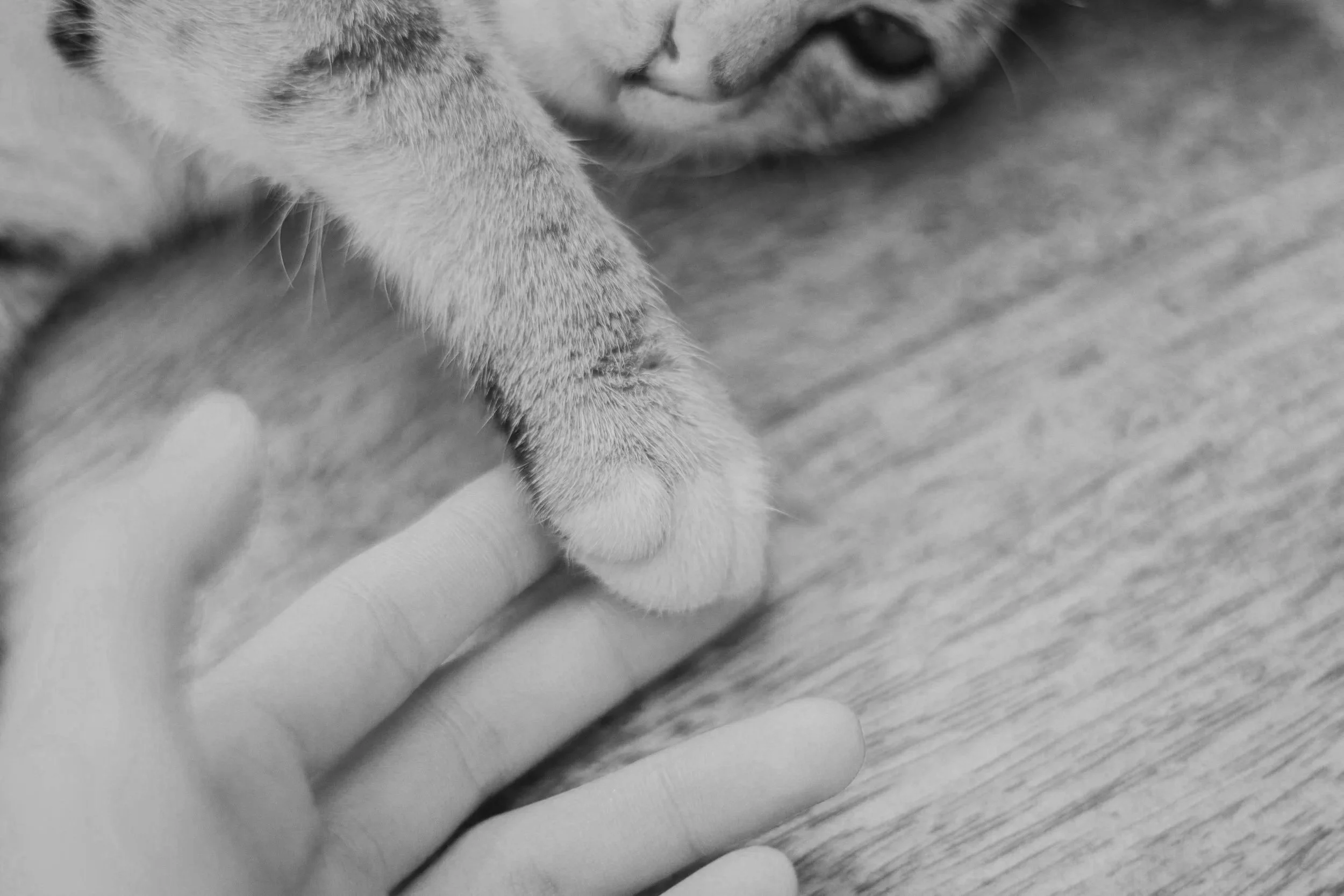The Space Between Us
Recently, I stumbled upon something that genuinely surprised me. And then, the longer I sat with it, the more obvious it felt.
Let me ask you something first: which qualities would make you actually want to be around someone?
What comes to mind when you take a moment to think about it? Be honest.
A psychology professor at Yale, Dr. Mark Brackett, asked thousands of people the same question. The answers were surprising to me.
People talked about being met without judgment. They craved being listened to. Empathy and compassion were mentioned as the most desirable qualities to share. “Smart”, “funny”, “interesting,” “confident,” or “charismatic,” though, rarely made the list.
I was surprised by this outcome and had to giggle, because, well… it sounds a lot like people just want to be around their therapist, doesn’t it? But it does make so much sense. You want to be around people who allow you to just be, feel safe, and be seen.
But looking at what we’re all busy training ourselves to be instead: Competent. Efficient. In control. Fearless. We keep sanding down every rough edge so we look capable, and then we go home and wonder why being with people feels disconnected, exhausting, and like constantly holding our breath.
We chase being impressive when what we actually crave is feeling safe and warm around each other.
And that gap is shaping everything. The world, the society we live in, rewards almost psychopathic traits while overlooking the very qualities that make us most human.
Most of us built that identity around staying tidy: don’t need or want too much, don’t feel too much, don’t say the inconvenient thing. It works — until it doesn’t. Because there’s a bill for all that tidying. And the price we pay is distance, more fear and shame, loneliness. It’s a trap, clearly.
If emotions are information (Brackett’s language), then ignoring them is like turning off the smoke alarm and calling it calm. The feeling doesn’t disappear; it just goes quiet in public and loud in private. Shame grows well in that kind of weather — the “what’s wrong with me”-noise that starts when your insides and your outsides don’t match. (If that line just pinched a little, you’re not alone. This is exactly the territory I work in.) When we start clearing the noise, the guilt, the old reflexes, the outdated internal rules… the real person shows up. You start to feel like someone who’s actually present in their own life.
Which, ironically, makes you exactly the kind of person everyone said they wanted to be around in Brackett’s study.
The qualities we say we want in others are the ones we’ve sidelined in ourselves, probably decades ago. We’re starving for warmth while training ourselves to look untouchable. It’s tragic and, thank goodness, fixable.
Fixable how? You don’t need grand reinvention because you have all those qualities inside of you already. But small, unglamorous choices that change the air in every room. You just need to be the person you want to be around with, first.
Pause to actually hear someone, not wait for your turn. Don’t formulate your clever response in your mind while someone else is being vulnerable around you. We can notice nonverbal cues.
Choose curiosity over the clever comeback. Ask questions, be actually interested.
When you don’t know, say so. It creates a connection with the right people. Who liked know-it-alls at school? I thought so.
When you’re hurt, say that too, cleanly, without theatrics, without blaming someone else.
Those seem obvious, tiny moves. But they stop the self-editing long enough for the real person to step forward. That’s when conversations deepen, decisions get simpler, and the body stops bracing. It’s not mystical. It’s just honest and all about being present.
If everyone wants to be around people who are kind, receptive, curious, and unafraid of feelings, then the most practical thing we can do is become more of that. People repeat what others do when they see it is safe. When you can make others feel safe because you know who you are and accept it fully, others have an easier time allowing it into themselves, too.
And the result goes beyond our little, private four walls. The world can soften at the edges when even one person in the room refuses to make closeness complicated.
Maybe that’s the whole story: the space between us gets smaller when the space inside us does.
What I know for sure is that it would be a world I’d love to live in.
Further reading: If you’re curious about the research, here’s Dr. Mark Brackett’s Permission to Feel (worth having on your shelf).
If this hit a nerve: this is the exact kind of work I do with people who are tired of looking “fine” and want relief where it counts.
Start here: Work With Me to see what clearing the noise could look like for you.


